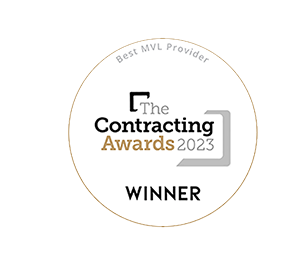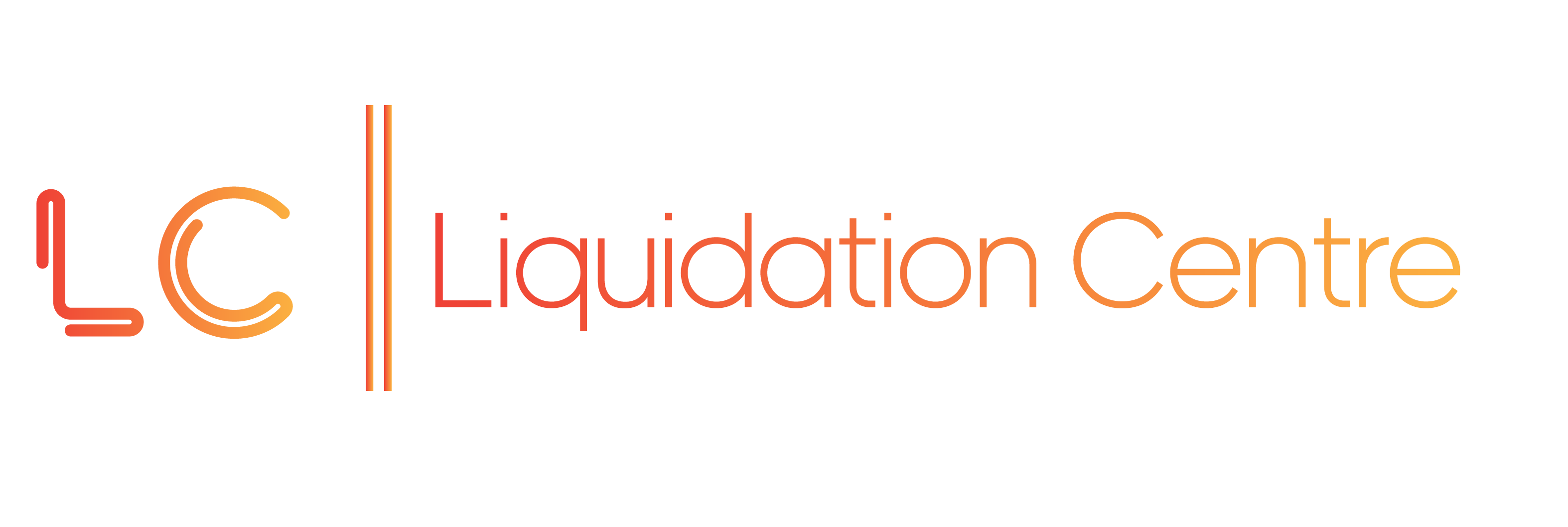Solvent Liquidation
When you feel it’s time to close down your company, a solvent liquidation is a tax-efficient and cost-effective way to liquidate assets voluntarily. The process is completed with a Members’ Voluntary Liquidation (MVL), which requires shareholders to appoint an insolvency practitioner and directors to confirm the company can pay all its debts within a maximum of 12 months from the start of the MVL.





To close your company with a solvent liquidation, it must be able to pay its taxes and liabilities, including mortgages, loans and lease agreements. An MVL can be a tax-efficient option where:
- Your company has over £25,000 in retained profits.
- You’re retiring or restructuring your business.
- You want to close a company that’s no longer needed while benefiting from tax advantages.
- The company has been trading for a minimum of 24 months.
We can help you start an MVL and distribute funds to shareholders in as little as 10 days. Contact our expert liquidation team for a no-obligation chat about your situation.
The Solvent Liquidation Process
If your company is solvent, closing it down is usually a very straightforward
process split into these four main steps:

 Sign a Declaration of Solvency –
Sign a Declaration of Solvency –
Our team will introduce you to a market-leading solicitor who will witness the signing of the Declaration of Solvency. This legal document confirms that the company can pay its debts, plus interest, in no more than 12 months from the start of the MVL process.
 Appointing a Liquidator – The decision to close a solvent company usually requires the agreement of 75% (or more) of the company shareholders at a meeting. A licensed insolvency practitioner, such as the team at the Liquidation Centre, will then need to be appointed to oversee the MVL. The liquidator will notify all company creditors of the liquidation decision and advertise their appointment in The Gazette.
Appointing a Liquidator – The decision to close a solvent company usually requires the agreement of 75% (or more) of the company shareholders at a meeting. A licensed insolvency practitioner, such as the team at the Liquidation Centre, will then need to be appointed to oversee the MVL. The liquidator will notify all company creditors of the liquidation decision and advertise their appointment in The Gazette.

Settling Any Liabilities – The Insolvency Practitioner will value and sell or distribute company assets, pay any creditor debts and distribute the remaining funds to the shareholders.

Final Closure – The liquidation process is complete, the company is formally dissolved and it is removed from Companies House.
What are the tax benefits of a solvent liquidation?
Closing your company with a solvent liquidation can be the most tax-efficient option for Company Shareholders. Business Asset Disposal Relief, a form of Capital Gains Tax, gives business owners a 14% tax rate on the funds they take out when closing a solvent company.
Benefits of the Liquidation Centre Handling Your Solvent Liquidation
- Over 20 years of experience liquidating UK companies.
- We ensure a fast liquidation process, usually distributing funds to shareholders in as little as 10 days.
- Our knowledge of MVL tax benefits could save you thousands.

Directors’ Responsibilities During a Solvent Liquidation
Throughout the liquidation process, it’s important that directors work closely with the liquidator and address any queries they raise. You’ll need to give them access to the Company’s books and records, so we suggest liaising closely with your accountant to ensure they are complete and accurate. Our MVL FAQs provide more information on the Director’s responsibilities and the whole liquidation process.
If you’re ready to close down your company with a solvent liquidation, our team can help you navigate the process and maximise the financial benefits. Get support and advice you can trust by contacting us here.
